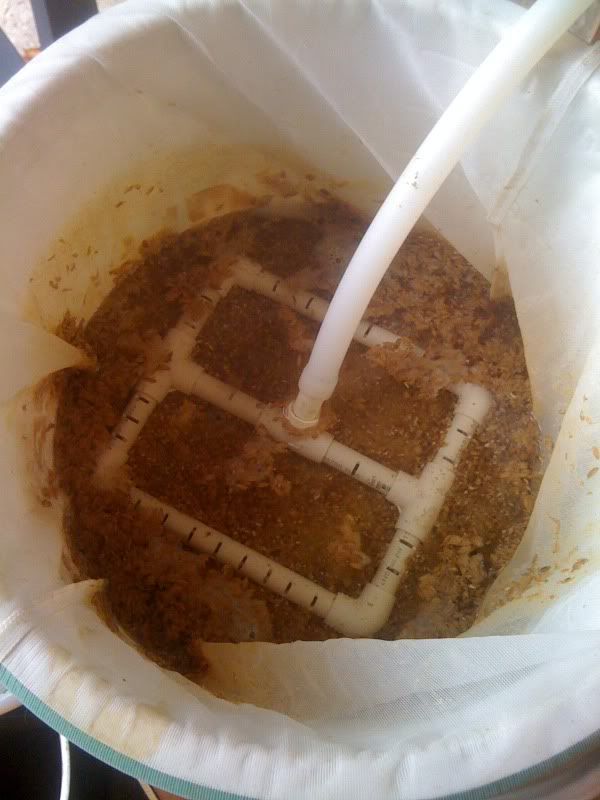I just use a pitcher! LOL When I start my run off, I begin pouring water over the grain bed, first over a wooden spoon to spread it out... once there is about an inch of water over the bed, I begin speeding the process until I get all the water in. Depending on how big a hurry I am in, I do this in 5-10 minutes. Water in.. running off... no worries.
It is a commonly held fallacy that you have to sprinkle the water in continuously. That works, of course, but it isn't necessary. I have used this method since '89 with great results... both at home and at the commercial level. Ok, commercial scale the process of introducing the sparge water is different, but still it's about getting it in fast and not having to worry about it. I actually learned this method on my first brewing job; Bell's in 1989.





